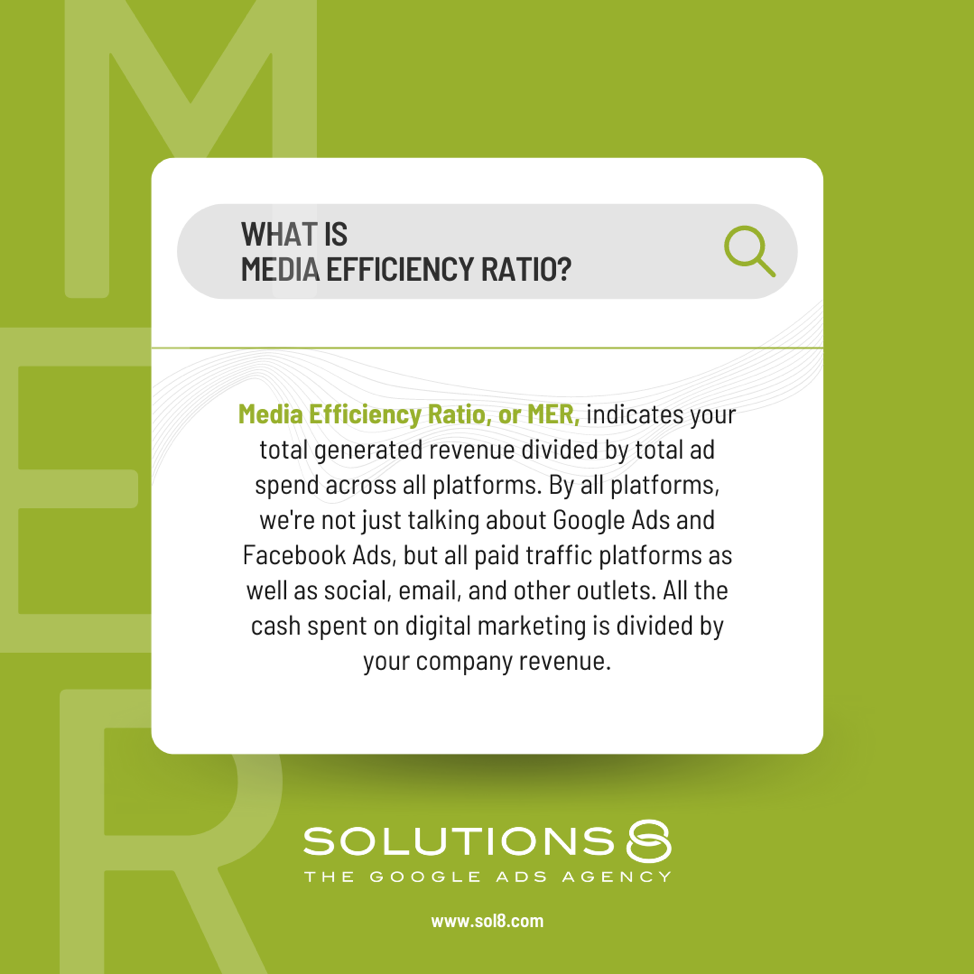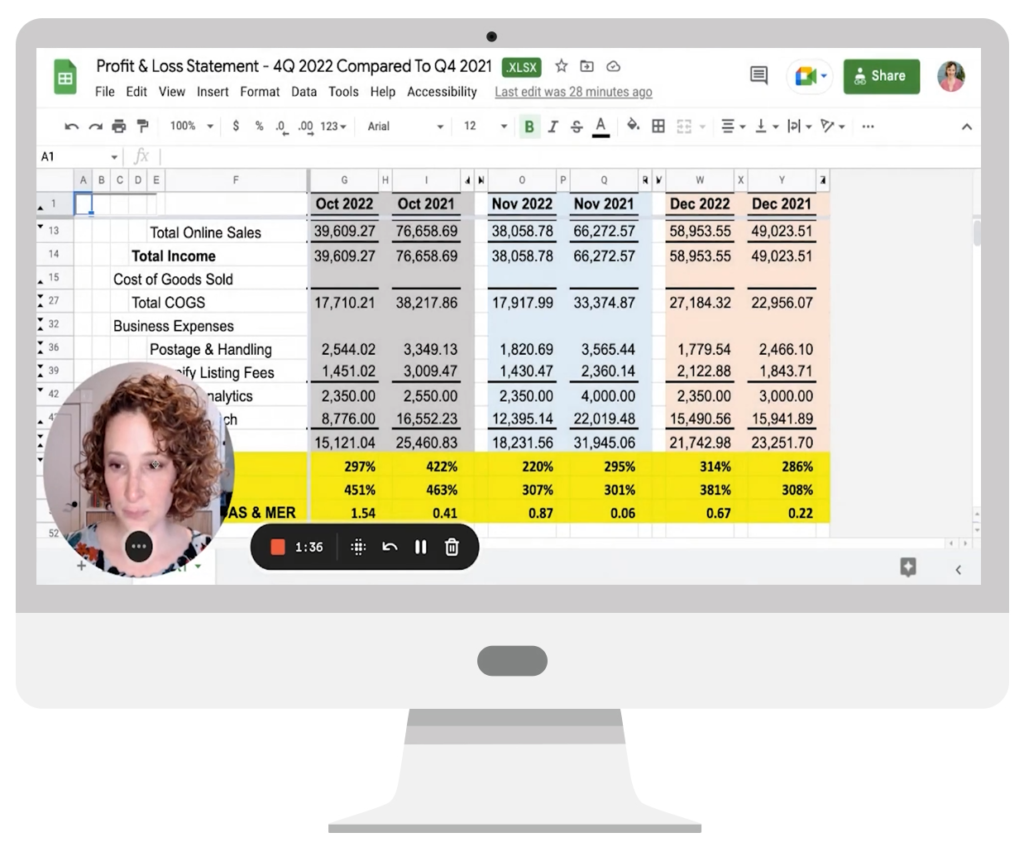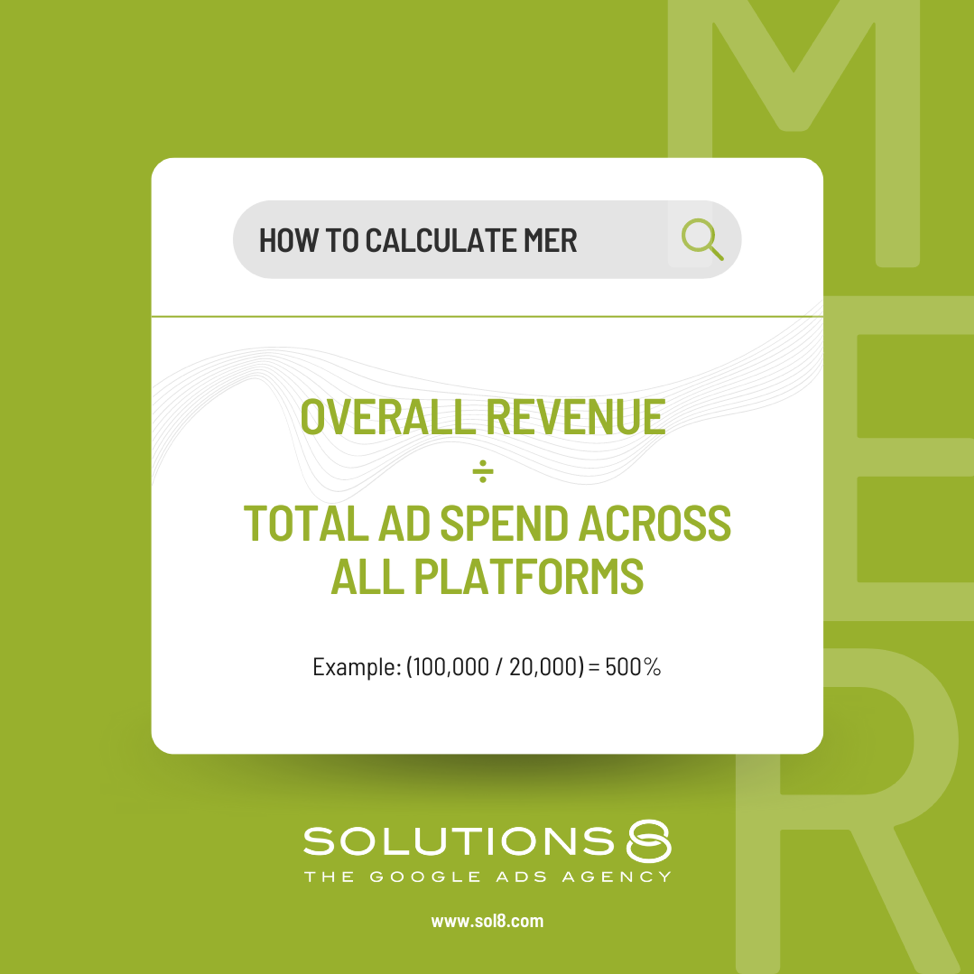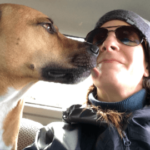Earlier this year, Regina made an interesting discovery:
Return on ad spend (ROAS) was shrinking.
And not just for the occasional client or two, but for all clients.
When she compared the numbers from 2021 with those from 2022, she found that ROAS dropped across the board for every account.
She did a little sleuthing and figured out why ROAS was shrinking over time—and made this helpful video to explain her findings.
Before we break it down for you, let's talk ROAS.
ROAS, says Regina, is a simple calculation: conversion value (all the money that came in inside of your Google Ads account) divided by cost (the money you spent on Google Ads).
Or, you can think of it this way: For every dollar you spent on your Google Ads campaigns, how many dollars did Google Ads make for you in return? Seems pretty straightforward, right?
The problem with this metric, however, is that it relies heavily on Google’s ability to track users from the point of the first click on an ad all the way through to the sale.
This could take days, weeks, or even months.
Then again, even if it’s within the same day, Google can sometimes drop that user.
And lately, Google's ability to track is becoming more and more limited every month.
According to Regina, ROAS nose-dived for every account in 2022.
So for every client who came to them in 2022 saying they needed a 300% return, Regina asked, “Did you need a 300% return last year? Because a 300 percent return this year in Google Ads is a very different number; it’s a higher return of your business ROI than it was a year ago.”

The solution? Using what she calls a much better metric to maximize profitability.
That metric is MER—media efficiency ratio—and Regina goes on to illustrate her point with data, using a profit and loss statement from a Solutions 8 eCommerce client that is primarily a drop-shipping business.

“It’s really easy to compare ROAS to MER in this particular case,” she explains, pointing out where she had broken down the online sales and separated them out from expenses.
When Regina compared the numbers from late 2022 to those from the same period of the previous year, the numbers were very different.
First, she went into Google Ads and looked at the ROAS according to Google—basically what Google was reporting as the return. Then, she created another row and calculated the MER.
“MER is like ROAS, but zoomed out for the whole business, not just Google Ads,” Regina points out in the video, and she illustrates how, between 2021 and 2022, the difference between MER and ROAS “got way bigger.”

Media efficiency ratio is calculated similarly to ROAS, but instead takes the overall revenue generated from a marketing campaign divided by the total ad spend across all platforms to get a more accurate representation of revenue earned.
Why are Regina's findings relevant?
Because, she explains, what’s happening is that Google’s ability to track users is diminishing. When compared with its tracking abilities in 2021, 2022 is a very different story.
Now, when you visit a website, the website has a pop-up that asks you if you want to accept all cookies. And what do most people do? Hit decline. This, coupled with stricter privacy laws, are significantly restricting Google’s ability to track users from the point of the first click on an ad all the way through to the sale. And Regina expects this trend to continue throughout 2023.
But unlike ROAS, MER is not affected by this problem.
You see, ROAS relies heavily on Google’s ability to track and report which of the sales it got, whereas MER just takes the total business revenue and does a general ROI on your ad spend.
“This is why we are starting to calculate the MER at the end of every single month with all of our clients,” says Regina. “Because we really can’t trust ROAS right now; it seems to be shrinking every month a little bit more than it was the previous month.”
And there you have it!
You can check out the full video here, and if you want to learn more about MER and what your MER goals should be, click here.
Author
Pamela is the Senior Content Writer at Solutions 8. When she's not writing, you can find her hiking in the woods with her dogs. She is currently on a quest to visit every national park in the United States.
 Pamela Sapio
Pamela Sapio











